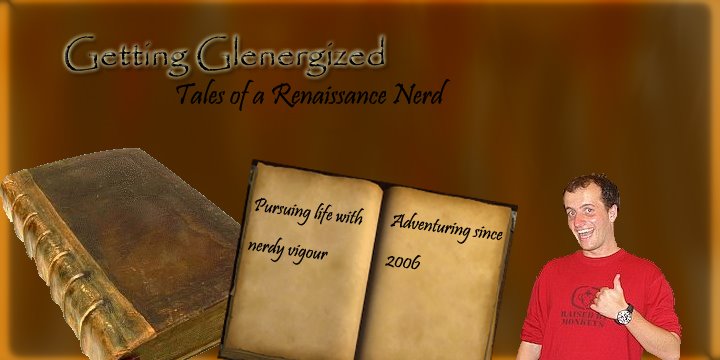
In 1979, The Buggles prophetically declared that "Video Killed the Radio Star". Twenty-eight years later, it seems that the commercial has in fact killed the video star.
If you were anywhere near a television this fall, chances are you saw this commercial, in which the lovely, and talented, Ms. Leslie Feist, taught the world how to count and Steve Jobs introduced the world to a truly great Canadian songstresses.
Now this commercial did help Gonzalez achieve a great deal of personal fame, but it really has not been at the same level as Feist's explosion has been. So what was the difference?
While you can point out all sorts of grave differences between the songs and the artists, I think that the main difference is in the commercial itself, and where the viewers attention goes. In the Sony ad, the attention is on the thousands of bouncing balls, with the music being a melodic accompaniment to the chaos. Where as in the Apple ad, the attention is firmly on Feist. For every second that commercial is playing, you can see the artist and hear her song. The fact that it's a commercial for an iPod really is secondary. Sure the iPods get picked up, or moved around, but the viewer still remains (rightly) transfixed on the artist until the split second shot at the end when it reminds you to buy a Nano.
This ad presents a marketable shift in the use of music in advertising, it places the artist at the forefront, above the product. The one tag line that the ad shows is "A little video for everyone", reminding the consumer that you can watch this video whenever you want, if only you own an iPod. While of course, this is an advertisement for an iPod, it really comes across as an advertisement for Feist, implying that being able to watch this video at any time is well worth the price of an iPod.
The other main difference is that the Apple commercial features the actual video for this song, which had came out months prior to the release of this commercial. So why was the ad so much more effective than the original release of the video?
I think that the main reason is pure and simple laziness. Watching a video takes a certain effort, either by switching to MTV/MuchMusic (during the 20 minutes of hte day when they actually play videos..) or following a link to the YouTube video. Commercials on the other hand take a certain effort to avoid watching. You need to find the remote and another channel where you know something else is on, and really it's just easier to passively lay there and be bombarded with your consumerist message.
The explosion of this song really is textbook 2007. It demonstrates the power of the media, the power of the brand, the direct relationship between artist and fan, and more importantly, the power of a damn good song.
Until next time,
G

1 comment:
I wish to learn more things approximately it!
Post a Comment